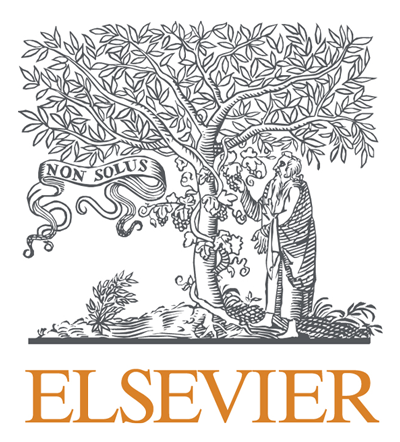Clay bodies: encounter, curiosity, and collaboration
Topics:
Keywords: Art, method, mapping, urban forestry, nature, visual
Abstract Type: Paper Abstract
Authors:
Claire Hilbrecht, University of Kentucky
,
,
,
,
,
,
,
,
,
Abstract
Artistic practices necessitate close encounters between bodies, their physical forms and their changing meanings. These encounters are always ongoing, making and remaking meaning through the indeterminacy of their form (Hawkins 2012; Tsing 2015). By engaging with trees through art, I move away from the objectifying and utilitarian elements of tree mapping and toward mapping as a “collaborative practice” (Dwyer and Davies 2010).
Clay bodies document specific places on the tree’s bark. They are small. They are unimpressive from far away. They necessitate a closer look, much like the places themselves. They are archives of living things, of ecosystems and ecological communities, of the moss, lichen, and pieces of bark that the clay ripped from the trunk, of the size and texture of scars and knots and in some cases, the shape of the trunk (Tsing 2015; Arthur-Paratley 2018; Dwyer & Davies 2010). They are topographical, revealing of the tree’s ridgelines and waterways. What does it feel like to follow their features? To consider bark as landscape? Through the practice of pressing clay against trees, my hands learned the contours of the trees' bark in ways my eyes never had. I found hollow spaces, ecosystems, and topographies I didn’t see before, and I learned to understand these places as stories, archives, maps, landscapes, and complex communities (Tsing 2015; Hawkins 2012; Dwyer & Davies 2010). The practice of doing reveals things to be noticed (Hawkins 2012). And “the art of noticing” makes visible otherwise invisible features (Tsing 2015).
Clay bodies: encounter, curiosity, and collaboration
Category
Paper Abstract








